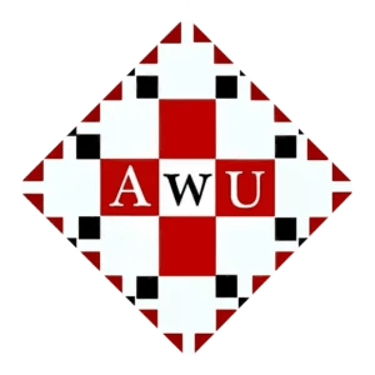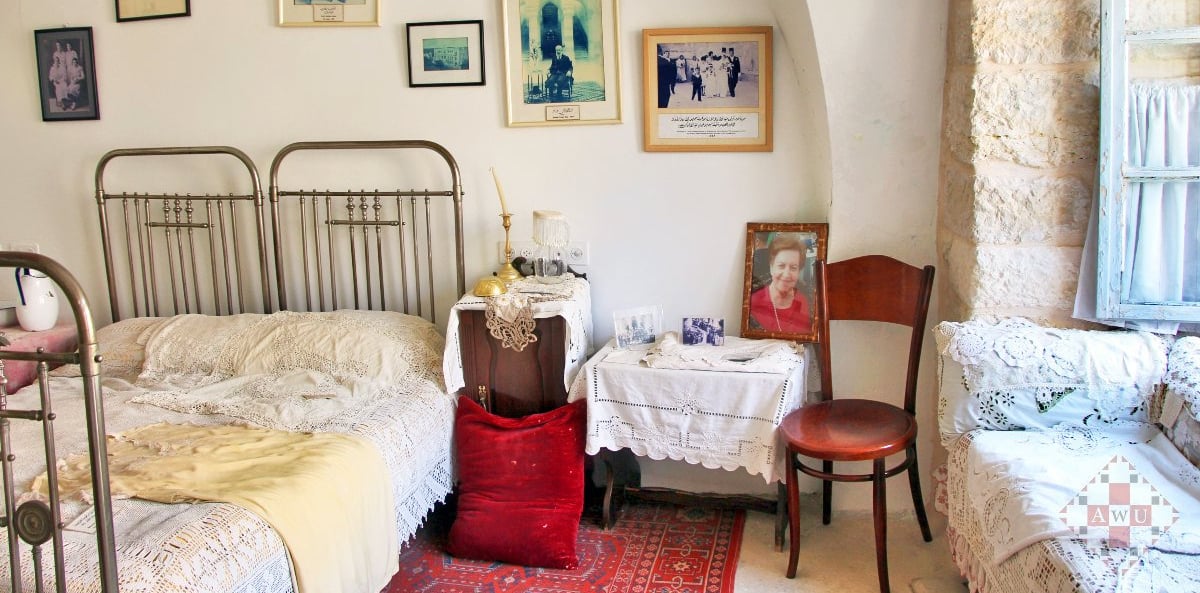

The Ethnographic Museum
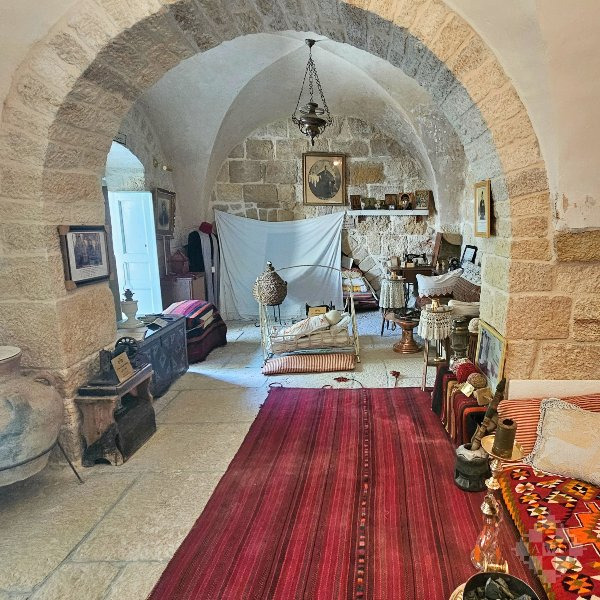

Design and Layout: The ethnographic museum component is designed to authentically represent Palestinian heritage. The museum’s rooms are arranged to resemble a traditional 19th-century Palestinian home, showcasing the domestic life and cultural practices of the period.
Collection and Displays: The museum houses a comprehensive collection that includes:
Traditional Palestinian clothing and jewelry
Tools and implements used in traditional crafts
Furniture and household items
Historical photographs and artifacts
Examples of tatreez embroidery work
Educational Mission: The ethnographic museum serves as a living repository of Palestinian culture, documenting traditional ways of life, customs, and artistic practices. It provides visitors with an immersive experience of Palestinian heritage while supporting the ongoing work of local artisans through the connected embroidery center.
Integration with Craft Production: The unique aspect of Baituna Al Talhami is how it combines museum preservation with active craft production, allowing visitors to see both historical examples of tatreez and witness contemporary artisans continuing these traditions in the attached embroidery center.
The Museum of Traditional and Popular Art was founded in 1972 in order to preserve our tradition and Popular Art. We called it “Baitouna Al-Talhami” which means ‘our Bethlehem Home’ in Arabic. It is located in the Old City of Bethlehem, a short walking distance from the Nativity Church and the Mosque of Omar, adjacent to the Municipality.
It is composed of two small houses that are typical of the Old Palestinian Architecture.
The First House:
A room where a big number of old photographs are hung on the walls. Mostly from the beginning of the twentieth Century. Few of the photos are from the end of the nineteenth Century.
The second room represents a large living room. There one can see how functional was what we call the living room. Rugs, mattresses, cushions, chests, pillows, brass objects, lamps, cradle, whatever one needs: All objects have their place where they belong. This was the only room of the house. This is where people used to eat, sleep, receive and entertain.
The third room is the Kitchen. In one of the corners, you can see the Well, which gets its water from the roof in winter season when it rains; There is a big display of brass pots, pottery, different coffee grills, jars, etc.
The Second House:
It is an annex to the first one, but much older. On the ground floor (Al-Rawye) a room hewn in the rock. It was used for the domestic animals: the donkey, mare, goat and sheep.
On top of Al-Rawye:
Al Dar, the only room of the house in the ancient times. Now, it is used to exhibit the Bethlehem Costumes and jewelry.
On top of Al-Dar:
The (Illieh) is a bedroom built during the end of the 19th century. In this room you find a collection of pictures, beds, rugs, embroideries, cushions, etc… They represent the
style of the Bethlehem people from 1900 to 1935.
All what is found in the (Illieh), has been donated from the private collection of Julia Michel Dabdoub from Bethlehem.
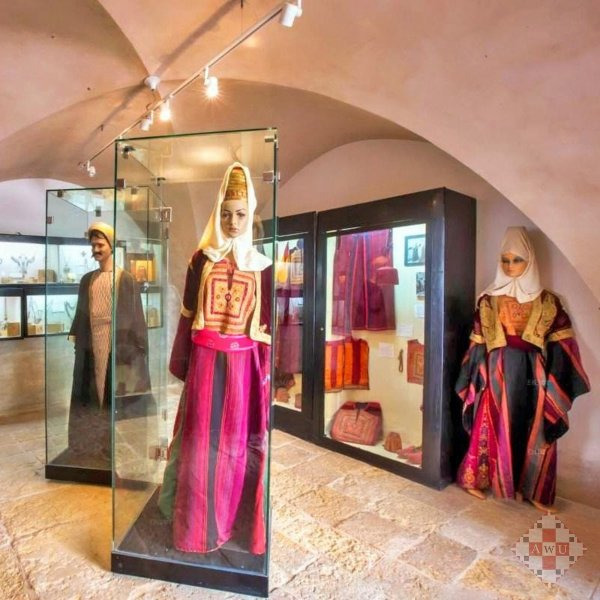

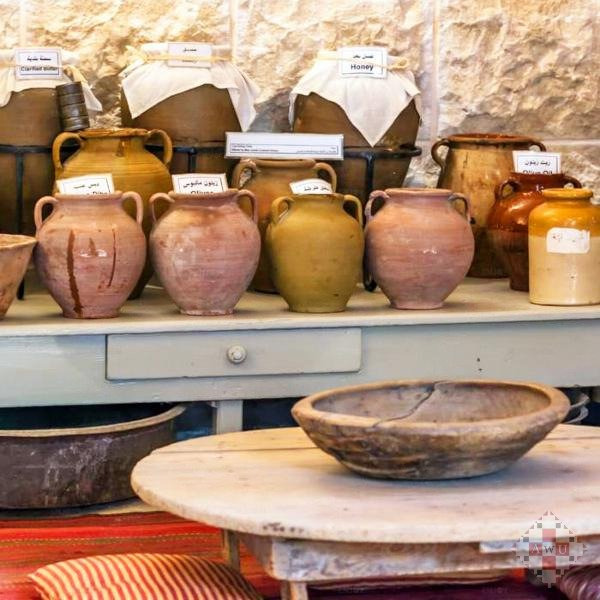

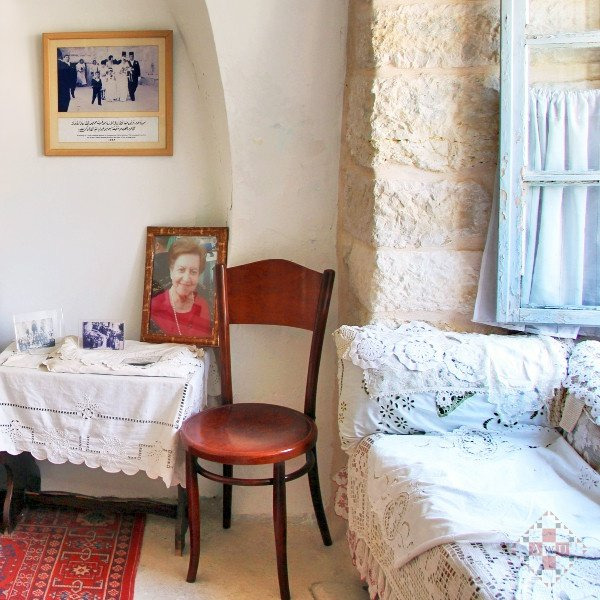

Baituna Al Talhami
Address: Star Street,
west of Manger
Square, Bethlehem.
Phone: 02-2742589
Email Address:
bawu8@hotmail.com
© 2025. All rights reserved.
Contact Us Form
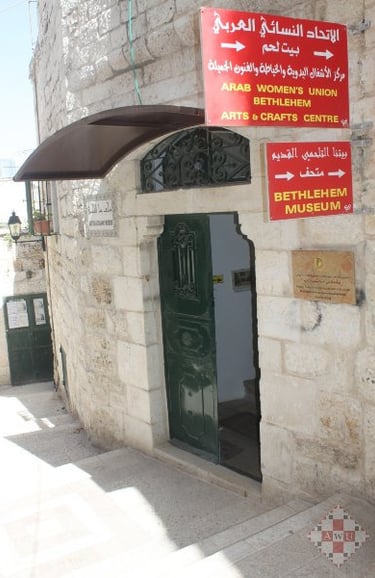

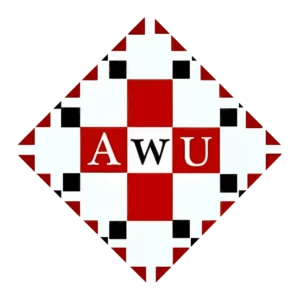

info@bethawu.org
www.bethawu.org
Powered by MENA Links
